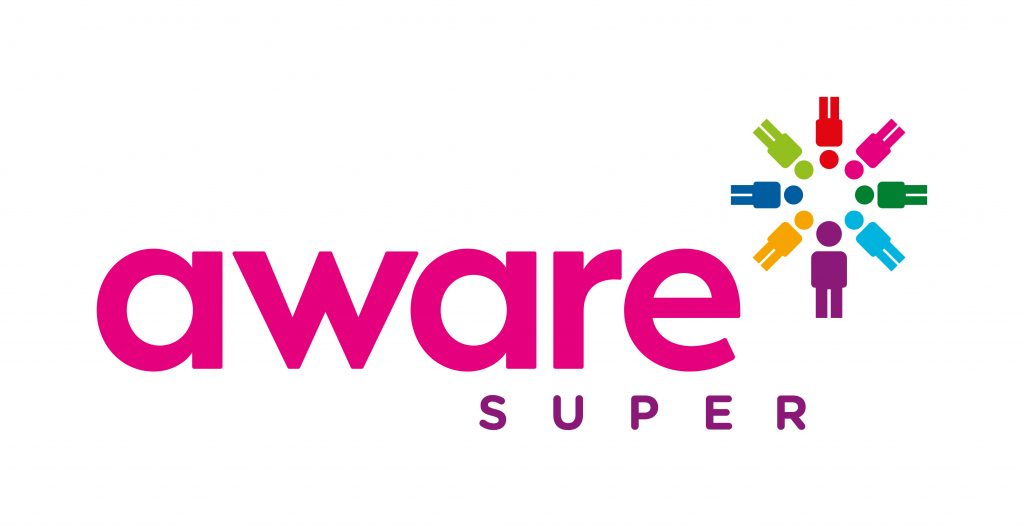
Aware Super turbo charges fund modelling with data driven transformation
Aware Super (the new name for First State Super) manages the retirement savings of more than 1 million Australians and has more than $130 billion funds under management.
It is one of Australia’s largest super funds and continues to grow – both organically and through mergers, such as the one it completed with VicSuper earlier this year and another that it will shortly complete with WA Super.
The rate of growth in fund size and complexity meant that Aware Super outgrew its legacy tools used to forecast fund growth, budget for capital and also to monitor the fee impact of strategic business decisions.
While the systems had served it well in the past, Aware Super needed a modern data platform that would keep pace with growth – and allow business users to model and compare complex scenarios. At the same time Aware Super wanted to heighten the focus on governance and security.
Using Microsoft Azure and an array of data services including Azure Machine Learning, Aware Super has built its new platform, dramatically reduced the reporting time, increased enterprise transparency and established robust yet flexible digital foundations for the future.
The FundPro and FeeMo models represent an exciting step forward for us in data enablement – Michael Winchester – Head of Investment Strategy
Priority themes
Richard McDulling, project manager investments, for Aware Super, says that before it embarked on the transformation the organisation performed extensive analysis of the legacy platforms in use, and then mapped out what it wanted to achieve with a new platform.
That helped inform Aware Super’s program of work which was aligned to six core themes:
- Data Governance – this involved updating the governance framework, data dictionary and approach to central data storage.
- Roles and Responsibilities – properly considering how the system would support business owners, users, consumers – and tackle issues such as controls, signoffs, handoffs, and periodic reviews.
- Auditability – to ensure clarity on who did what when, and who signed off.
- Reporting capability and accessibility – by investing in centralised data storage, platform architecture aligned to technology strategy, and developing user profiles.
- Security – establishing robust security protocols for handling member data, investment return scenarios and the like.
- Customised solution – building a customisable, flexible tool designed to support ongoing change
Taking this approach, McDulling believed, would help overcome the shortcomings of the older computer systems.
The legacy platform, for example, was not easily able to support multiple users running what-if modellng; there was limited governance around change management and production deployment; and no easy way to model different scenarios, multiple funds or compare and store different or historical runs.
If changes to models were needed they were time consuming and complex, requiring the support of the actuarial team – and Aware Super had to make tradeoffs – either accept long run times for models, or reduce the granularity to speed things up. There was also often only one person able to make the final changes to the model – introducing key-person risk.
What it has developed instead is a flexible, well governed, highly responsive solution. The new platform together with the enhanced modelling approach have reduced the time taken for some runs from three days to under an hour with no sacrifice of detail. It can also respond rapidly to shifting business or regulatory requirements.
Aware Super’s Investment and Actuarial team, for example, is using Azure Machine Learning to forecast fund performance given different scenarios. There is a custom user interface being built for this, so the team does not need to deal with code, but instead is able to interact with a user friendly solution and view the results in Power BI.

The digital transformation was achieved in just nine months and is delivering deeper business decision support and speedier time to market. This enhanced agility and responsiveness translates into better customer experience and reduced risk.
Peeking under the hood, lead developer Michael Mann says that Aware Super’s models were developed using RStudio and then uploaded to Azure. To run a model the user triggers a Data Factory pipeline which starts a Machine Learning Execute Pipeline to automate the process. The user can view the results in Power BI.
According to McDulling; “This helps us better forecast and control how changes within the asset allocation mix impact our members over time which in turn allows us to deliver benefits to members by reducing fees over time.”
Aware Super worked with Microsoft partner Data Addiction to help develop the architecture and embraced a DevOps approach allowing it to respond rapidly to requests from the business to adjust or augment the model. Aware Super also needed to be confident that the system would be able to respond rapidly to any regulatory or market changes. To do that it needed to get the fundamentals right which was why establishing a robust data dictionary was so important.
McDulling says that getting that fundamental logic layer right means it has been possible to separate the coding from the modelling. The structure of the model can be tackled by the business – then coded by technology which promotes integrity and efficiency.
That is particularly important as Aware Super wanted to allow controlled access to the platform so that teams in the business could work on their own models, and test hypotheses in a form of digital sandpit – without injecting risk. The previous legacy platform had been restrictive – where this modern solution allows teams to perform what-if? analysis and modelling, and explore the impact of strategic decisions such as mergers and acquisitions.
Having established a framework to manage roles and responsibilities, and also auditability, it is now clear to Aware Super who has made changes to the model, who has coded what, who has signed off on a change.
He says that changes all the way from an assumption in the model to the end outputs can be traced. The system has also been designed for consistency so that it is clear how one model might impact another.
“It’s quite clear who’s changed what along the process and if we needed to look into why there’s an error or why something’s different, we should be easily able to do that,” says McDulling.
While proper control and governance is vital, it was essential not to lock down the platform too tightly so that Aware Super can respond to regulatory or market changes. “One of the objectives was to make sure that the solution was customisable, and that it could also deal with changes that we may or may not know today, but that we can see coming down the line, whether that’s regulatory change or environmental change. Part of the solution was to make sure that there was a way to easily adjust the model, and the logic, and the inputs, and the data analysis at the end, to capture that,” he adds.
To make changes users adjust the assumptions in the model. These are stored in a SharePoint list. The logic from the assumptions can be exported to Excel if people need to make and test any changes, before updating the refreshed assumptions in SharePoint.
From there, users can create scenarios, without needing any coding knowledge, by selecting the assumptions from a drop-down SharePoint list – with everything tracked for accountability.
This has helped democratise modelling at Aware Super. In the past only one person in the organisation was able to adjust the fund projection model, for example. That injected risk and delay into the process – now other employees have authority to access and use the platform to adjust models enhancing the agility and responsiveness of the organisation.
Shikha Jain, actuarial and product analyst– who was previously the one person who could adjust the fund projection model – keenly understands the need for greater flexibility. “When the Federal Budget was announced and there are some changes for example, one of the questions that key stakeholders would ask is ‘how would this actually impact our fund and membership going forward?
“With this platform, it allows us to respond faster to these changes and allow us to model the scenarios in a more timely manner, and then to provide those insights, to support any response, submissions or any internal discussions and strategic planning.”
At the same time the speed to run the model has been accelerated phenomenally – where the legacy system took three days to run some complex models, they can now be completed in under an hour. That has a huge impact for the business which can respond faster than ever, with more confidence.
It also opens the door for even more granular modelling says Tristan Ku, investment strategy analyst; “The questions from the Chief Investment Officer and senior investment leadership are ‘if we change assumptions, what does the fund look like in four years’ time? Where would the funds’ fee and funds under management be at and what is driving the differences?’
“They keep digging down in granularity. The new platform has enabled us to really be able to answer those types of questions quickly, in turn producing new questions and enhancing our conversations.”
For a superannuation fund that is looking to provide a secure future for more than a million Australians that ability to understand the long-term impact of decisions is critical. The move to the cloud has already delivered significant improvement with more to come.

















